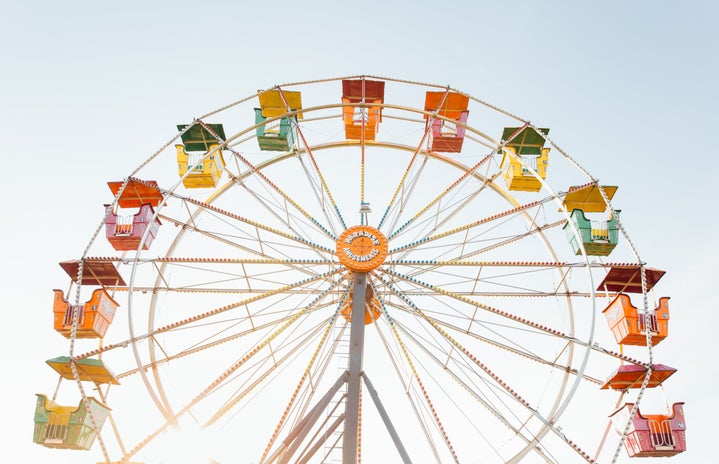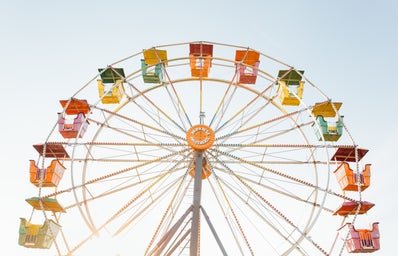RuPaul’s Drag Race. Once a small blip on the radar of the American consciousness, now one of the most popular reality TV shows in the nation. The tenth season premiered March 22, and the third season of the spinoff show All Stars had its finale March 8 on VH1. Drag Race alumni have furthered their own careers after riding the wave of fame in the community: Season 7 contestants Trixie Mattel (winner of All Stars Season 3,) and Katya Zamolodchikova hosted a popular webshow on the WOWPresents channel called UNHhhh that moved to television in November 2017 as The Trixie and Katya Show (Wednesdays at 10:30p on Viceland.) Seasons 2 and 3 queen Shangela Laquifa Wadley has appeared on several TV shows like Bones, Glee, and The X-Files. All Stars Season 2 winner Alaska Thunderf*ck has released two albums, and Season 6 finalist Courtney Act (an Australian accent pun, “caught in the act”) won the 21st season of Celebrity Big Brother last month. So what is the cause behind all these drag queens taking over the zeitgeist?
(via GIPHY)
Drag came into the public eye, many would argue, with the iconic 1990 film Paris Is Burning, a documentary about the drag competitions (known as balls, which take place in ballrooms) of the late 1980s-early 1990s New York. Much of the slang you see thrown about today on social media (throwing shade, reading, and anything referring to the word “wig”) was born from this scene: queens competing against each other for trophies, mostly Black and Latinx. In the mid-1990s, RuPaul, now known as the most commercially successful drag queen, and raised in the ballroom culture himself, came out with a hit song and soon became a spokesperson for MAC Cosmetics and hosting a talk show on VH1 with Michelle Visage. In 2009, RuPaul’s Drag Race premiered, and a legendary brand was created. Bebe Zahara Benet won the first season, and the winner’s circle grows every year.
For so long, drag as an art form was only accessible to those who were “in the know,” which usually reads as folks from the queer community, and the small amount of usually straight women they brought with them to shows. (Drag performers are just that, first and foremost: performers.) However, in today’s age of social media and makeup gurus, drag queens are recognized for more than their ability to lipsync to Britney; they are now being recognized for their insane makeup skills. It can be argued that the majority of makeup trends you see on your Discover page of Instagram are simply watered-down versions of techniques drag queens have been doing for ages: they invented contouring (and yes, that especially includes boob contouring,) cutting your crease, cat-eyes, and many other techniques for feminizing a masculine face that many cis women can use to accentuate natural features.
Drag shows are both popular and growing in number. Even here in the small community of Murray State, a drag show is hosted every year in the Curris Center, with many attendees. Mainstream straight culture is beginning to recognize the long-known-to-queers charisma of drag performers, and Drag Race is becoming known for its fashion runway just as much as its drama or comedy. The shown has given birth to some of the most iconic reality show moments known to man, and the tea is always served piping hot.
(via tenor)
So what does this mean for today’s entertainers? Drag has always been about one thing: not taking yourself too seriously. In its essence, it’s about playing with stereotypes, subverting the dominant paradigm, and blurring lines of all sorts: gender, identity, and what exactly is “real.” Perhaps the modern non-drag entertainers of today need to take (yet another) page out of the average drag performer’s book: don’t be afraid to mess with people’s expectations of how to behave, and you’ll go far.
(Thumbnail via Amazon.com)


